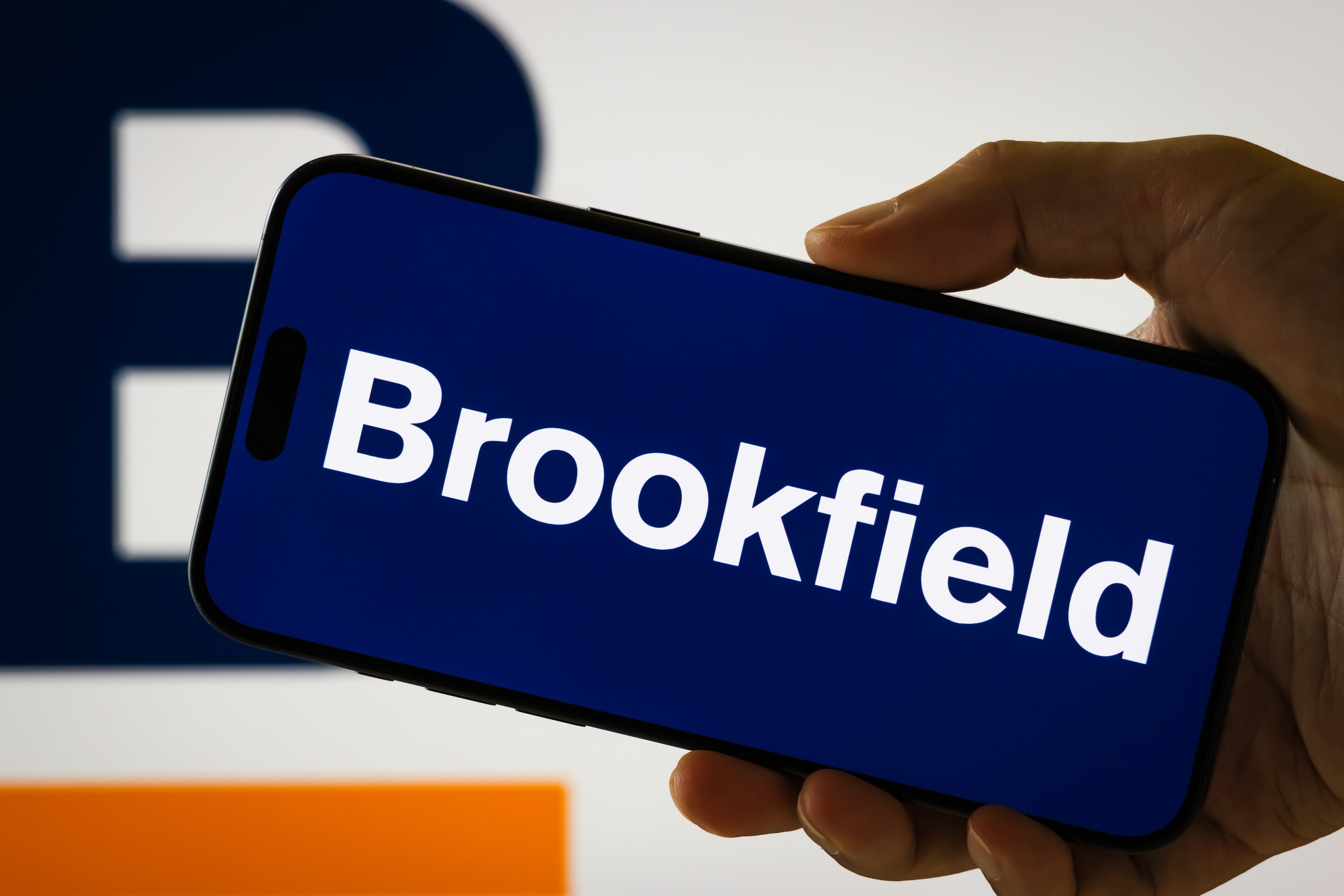Brookfield Infrastructure Partners (BIP +0.92%) has been a big winner since it was formed about a decade ago. The infrastructure company's value has risen more than 325% over that time frame. Add in its high-yielding dividend, and the total return is an even more impressive 700%. Both numbers have crushed the S&P 500, which has produced a roughly 210% total return since Brookfield's inception.
The company peeled back the curtain a bit on the secret to its success during its recent fourth-quarter conference call. Here's a look at how Brookfield creates value for its investors.

Image source: Getty Images.
A three-part strategy
Leading the discussion on how Brookfield Infrastructure creates value for its investors was Sikander Rashid, the senior vice president for investments. He stated:
Our investment strategy consists of three core components. Number one, we buy high-quality infrastructure assets at attractive entry points. Two, we employ an active asset management approach, and three, we monetize assets at their full value potential and start over again by investing in higher returning opportunities. Our deep operating expertise is central to the second component of our strategy. During each year of ownership, but particularly in the early years after we acquire a business, we identify and implement initiatives that increase the value of that investment. And this value is created through various means, including revenue growth, margin improvement, and capital structure optimization.
As Rashid notes, Brookfield's first step to creating value for its investors is to buy high-quality businesses at attractive values. It often looks for situations that enable it to get good assets at low prices. For example, in 2016, it bought a natural gas pipeline system in Brazil from Petrobras (PBR +0.59%), which needed to sell assets to pay off debt due to lower oil prices. Meanwhile, in the last year, it purchased data centers from AT&T (T 1.01%) and Enbridge's (ENB +1.65%) Western Canadian midstream business in deals that helped those companies bolster their balance sheets.
Brookfield's second step is to improve the operations of the assets it acquires. It looks for ways to reduce costs and grow revenue so that it can increase the value of the business it buys.
Finally, once Brookfield has maximized the businesses' potential, which can take years to reach, it will sell so that it can reinvest the proceeds into new opportunities offering a higher return potential.

Image source: Getty Images.
Brookfield's strategy in action
Rashid then brought Brookfield's strategy to life by taking listeners on the call through a recent case study using 2018's acquisition of Enercare, which is a leading provider of residential energy infrastructure (i.e., water heaters and HVAC systems) in North America. When Brookfield originally announced the deal, CEO Sam Pollock said that "Enercare is a high-quality, annuity-like business with a well-established market position." In a later investor conference, he said that Brookfield saw Enercare as a mispriced opportunity in the market. While the business "trade[d] fairly for the way [it was] being run," Brookfield had a plan to "drive greater value." Thus, it paid an attractive price given the upside it saw in the business.
The company has spent the past several months "focused on two key value creation levers" at Enercare, according to Rashid. "[N]umber one, capital structure optimization and two, sales growth in the U.S. market." He pointed out several steps Brookfield has taken to execute on these initiatives. They included:
- Recapitalizing the company's Canadian rental business by completing a securitization financing. The transaction lowered its cost of debt, improved its credit rating, and gave it the funding for growth.
- It implemented a dealer adoption model in the U.S. to accelerate growth.
- It's launching a pilot program with a utility in Texas to offer residential infrastructure products to its customers.
- Enercare partnered with Brookfield's Canadian district energy business to participate in a housing development by offering services to the community.
Thanks to the success of these initiatives, Rashid noted that "we are well-positioned to expect equity returns in the high teens and potentially higher, exceeding our conservative base case underwriting for this business." As a result, Enercare is worth a lot more than what it was when Brookfield bought it and should see its value keep rising in the future, setting its owner up for an eventual successful exit.
A three-pronged strategy to enrich investors
Brookfield has been highly successful at creating value through acquisitions over the years. It does that by purchasing high-quality businesses at attractive prices and then implementing strategies to grow the earnings-generating abilities of those companies. That allows it to eventually exit at a significant profit, giving it more money to repeat its value-creating process on other opportunities.
With the company acquiring several businesses over the past few years, it has plenty of fuel to continue to enrich shareholders in the future.









